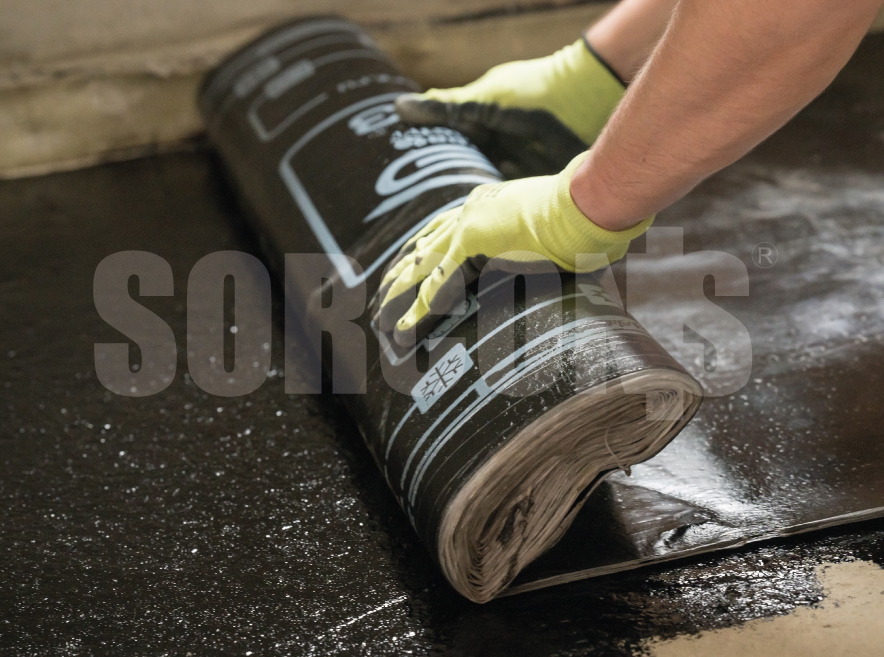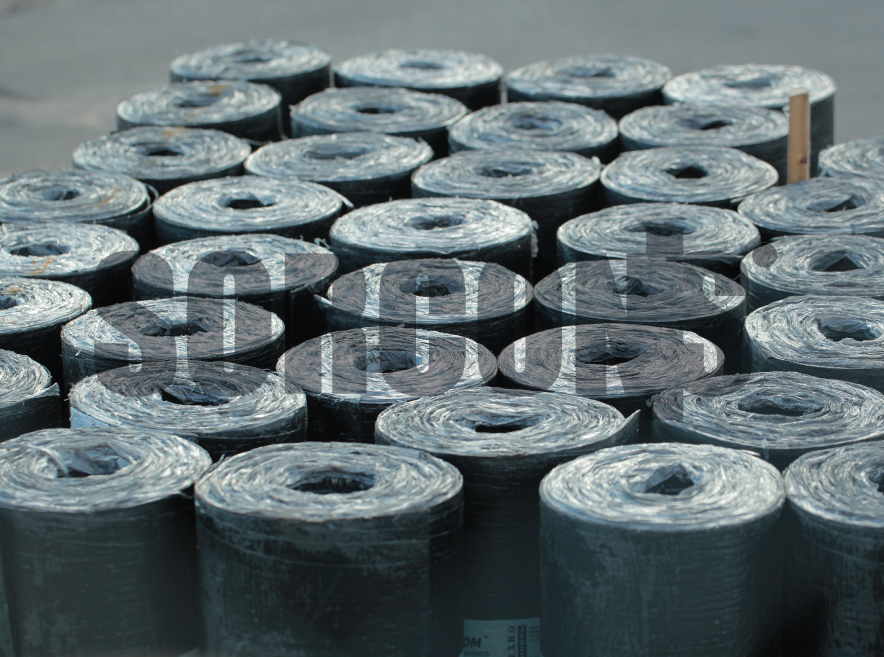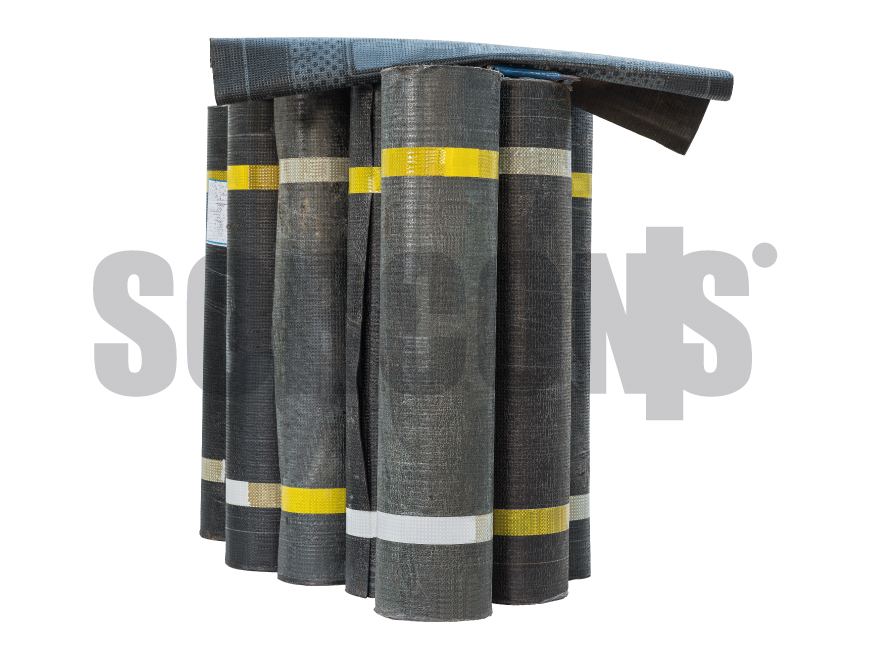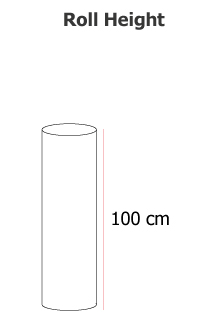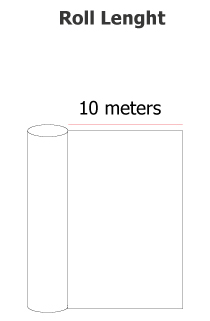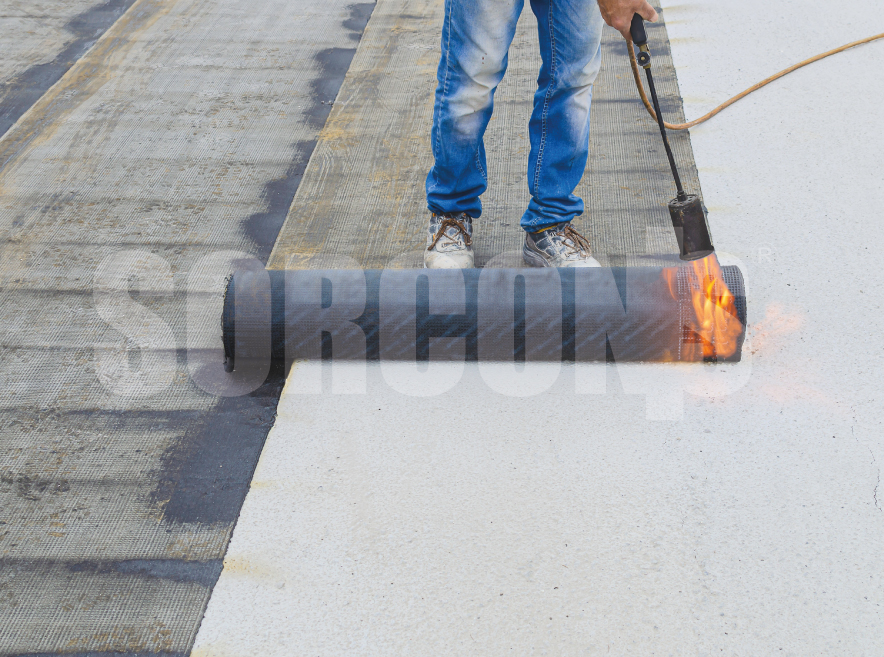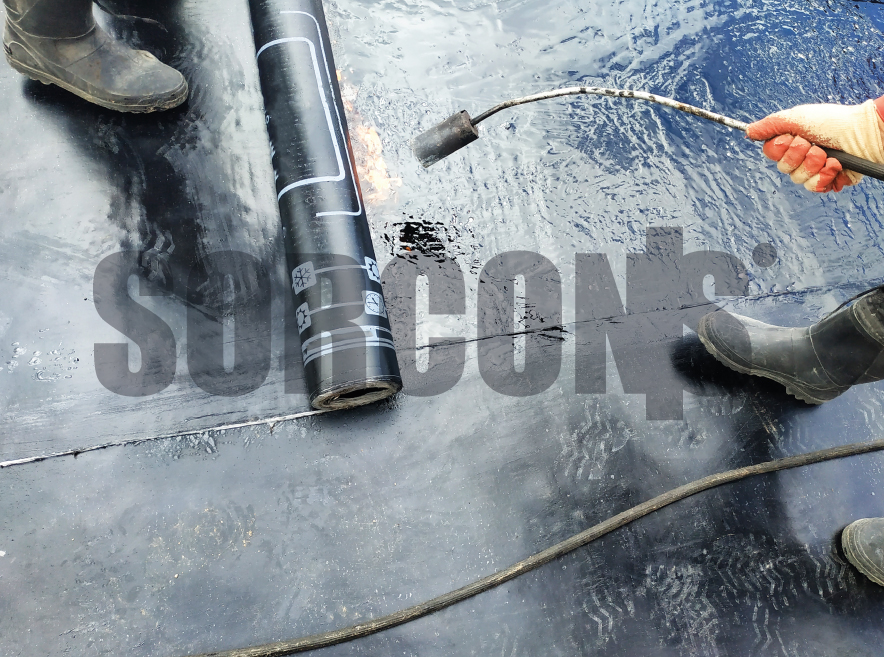Bituminous membrane is typically made of modified bitumen, which is a blend of asphalt/bitumen and polymers.
The thickness of bituminous membrane can range from 1.5 mm to 4 mm depending on the intended use and required performance.
Bituminous membranes are reinforced with materials such as fiberglass or polyester. The reinforcement enhances the strength and dimensional stability of the membrane.
Excellent waterproofing properties
Flexibility and elasticity
Superior adhesion
UV resistance
High puncture resistance
Thermal insulation
Ease of installation
Resistance to chemicals and environmental factors
Cost-effective
Bituminous membranes are designed to provide excellent waterproofing properties.They should have a high resistance to water penetration and be capable of forming a durable barrier against moisture.
Bituminous membranes are sufficient flexibility to accommodate structural movements and temperature variations without cracking or delaminating.
Excellent waterproofing properties
Bituminous membranes are highly effective at providing waterproofing for various structures, including roofs, basements, foundations, and underground structures. They create a durable and watertight barrier that prevents water penetration and protects the underlying structure from moisture damage.
Flexibility and elasticity
Bituminous membranes have a high degree of flexibility and elasticity, allowing them to accommodate structural movements and temperature variations without cracking or tearing. This flexibility ensures long-term performance and helps to bridge small cracks that may develop in the substrate.
Superior adhesion
Bituminous membranes adhere strongly to a variety of substrates, including concrete, masonry, metal, and wood. This strong adhesion helps create a seamless and secure waterproofing system, reducing the risk of leaks and water infiltration.
UV resistance
Bituminous membranes are manufactured with added UV stabilizers to withstand exposure to sunlight. This UV resistance prolongs the lifespan of the membrane and ensures its performance in outdoor applications.
High puncture resistance
Bituminous membranes have excellent puncture resistance, providing protection against sharp objects, foot traffic, and other potential sources of damage. This property is especially important for roofing applications, where the membrane is exposed to potential hazards.
Thermal insulation
Some bituminous membranes are designed with added insulation properties, which can help improve energy efficiency and reduce heating or cooling costs. These membranes provide thermal resistance, reducing heat transfer through the building envelope.
Ease of installation
Bituminous membranes are relatively easy to install, whether in roll form or using self-adhesive versions. They can be applied to various substrates using different methods, such as torching, hot asphalt, or cold adhesive. This ease of installation saves time and labor during the construction process.
Durability and longevity
Bituminous membranes have a proven track record of durability and long service life. When properly installed and maintained, they can last for several decades, providing reliable waterproofing protection.
Resistance to chemicals and environmental factors
Bituminous membranes exhibit good resistance to a wide range of chemicals, including acids, alkalis, and pollutants. They also have resistance to environmental factors such as ozone, weathering, and biological growth.
Cost-effective
Bituminous membranes offer a cost-effective solution for waterproofing applications. Their long lifespan and low maintenance requirements contribute to overall cost savings over the life of the structure.
Types
| SMF300 | SMP300 | SMP400 | |
| Reinforcement | Fiberglass | Polyester | Polyester |
| Thickness | 3 mm | 3 mm | 4 mm |
Roll Dimensions
HS Code 6807.10.00.00.00 |
|---|
Roofing
For flat and low-sloped roofs as awaterproofing layer. They provide an effective barrier against water infiltration and protect the underlying structure from moisture damage.
Waterproofing Basements
For basements and below-grade structures.They help prevent water seepage into the foundation walls and floors,
protecting the interior space from moisture related issues.
Bridge Decks
To provide waterproofing and protection against chloride ingress. They help extend the service life of the bridge structure and reduce maintenance needs.
Plaza Decks and Podiums
In plaza decks and podiums, which are elevated outdoor spaces typically found in commercial and residential buildings. The membranes provide waterproofing and protect the underlying structure from water damage.
Green Roofs
In green roofs, which are vegetated roofing systems. They ensure that water does not penetrate the building and cause damage while supporting the growth of plants.
Tanking
In tanking applications, where they provide waterproofing for underground tanks, water reservoirs, and other containment structures.
Substructures
In various substructure applications, such as retaining walls, foundations, and crawl spaces, to prevent water infiltration and protect the structural elements.
Landscaping
In landscaping projects to line ponds, water features, and other areas where waterproofing is required.
Highway and Infrastructure Projects
In highway and infrastructure projects for waterproofing bridge abutments, expansion joints, and other critical areas to prevent water damage and ensure the longevity of the structures.
SMF 300 | SMP 300 | SMP 400 | |
Reinforcement | Fiberglass | Polyester | Polyester |
Modified | APP | APP | APP |
Thickness | 3 mm (+-0,2) | 3 mm (+-0,2) | 4 mm (+-0,2) |
Flow Resistance | >120 C° | >120 C° | >120 C° |
Cold Belding | -10 C° | -10 C° | -10 C° |
Tensile Strenght | 400/300 (N/5 cm) | 800/600 (N/5 cm) | 800/600 (N/5 cm) |
Elongation at Break | 2/2 % | 35/35 % | 35/35 % |
Upper Surface Coating | PE | PE/ Sand | PE/ Sand |
Sub Surface Coating | PE | PE | PE |
Roll Size (W X L) | 1 X 10 m | 1 X 10 m | 1 X 10 m |
Roll Weight | 38 kg | 38 kg | 44 kg |

